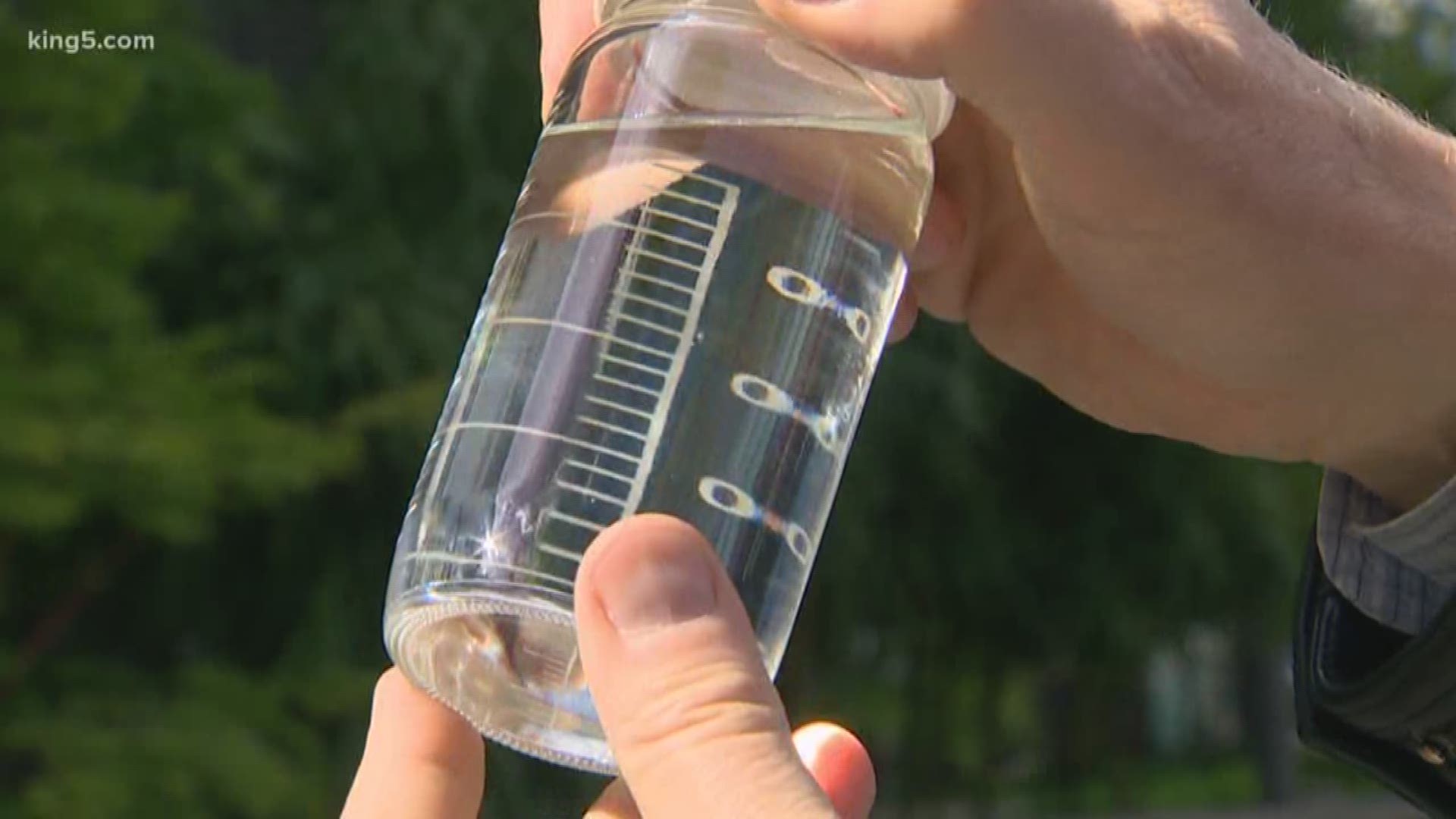In a historic first, Boeing has flown the first commercial jet on 100 percent biofuel. The flight was Seattle to Memphis and back -- all without using petroleum.
The test was conducted on a 777 freighter, using two General Electric 90-115B engines. Each is the width of a 737 and creates 115,000 pounds of thrust.
The biofuel it ran on is a blend of residual animal fats and plant oils. They are refined into a molecule that matches Type A jet fuel.
This biofuel actually has three to four percent more energy in it per gallon than regular jet fuel. That means the plane can fly much farther than one that uses standard fuel.
How did we get here? Flashback nine years ago to a Boeing lab in Seattle. Any liquid going onto one of Boeing’s planes had to be tested there. Work on converting algae, plants and other biological mass -- even garbage and wood chips -- was really just getting started.
Jeanne Yu, Boeing's Director of Technology Integration and ecoDemonstrator, was there then -- and she was on the historic flight we just took.
"What we did was two things. We are validating that as a use for 100 percent bio fuel, but we’re also looking at the certification process for those fuels. It’s a 12 step process today. We’re trying to reduce that to five, which opens the door and the gateway to more entrants into the biofuel application," said Yu.
The price for biofuel is also dropping, from $8 or more per gallon a few years ago to $5 per gallon today. That's attractive to airlines, which need to protect themselves from wild price swings associated with oil.
Biofuel blends are already becoming a regular part of aviation. They are available at many airports with more coming. So you may find yourself on a biofuel-powered flight, and not even know it.
Boeing's ecoDemonstrator program isn't just about fuel. It looks at other efficiencies, such as airport approach paths that could save on fuel. Something called constant flight path angle descent could also keep your flight on time.
"If we’re all do the same flight path angle approach, it’s easier on the engines because you set the engines. It’s less fuel and you can potentially get more airplanes in the same piece of sky because you know exactly how fast everybody is descending," said pilot Kerry Smith.

